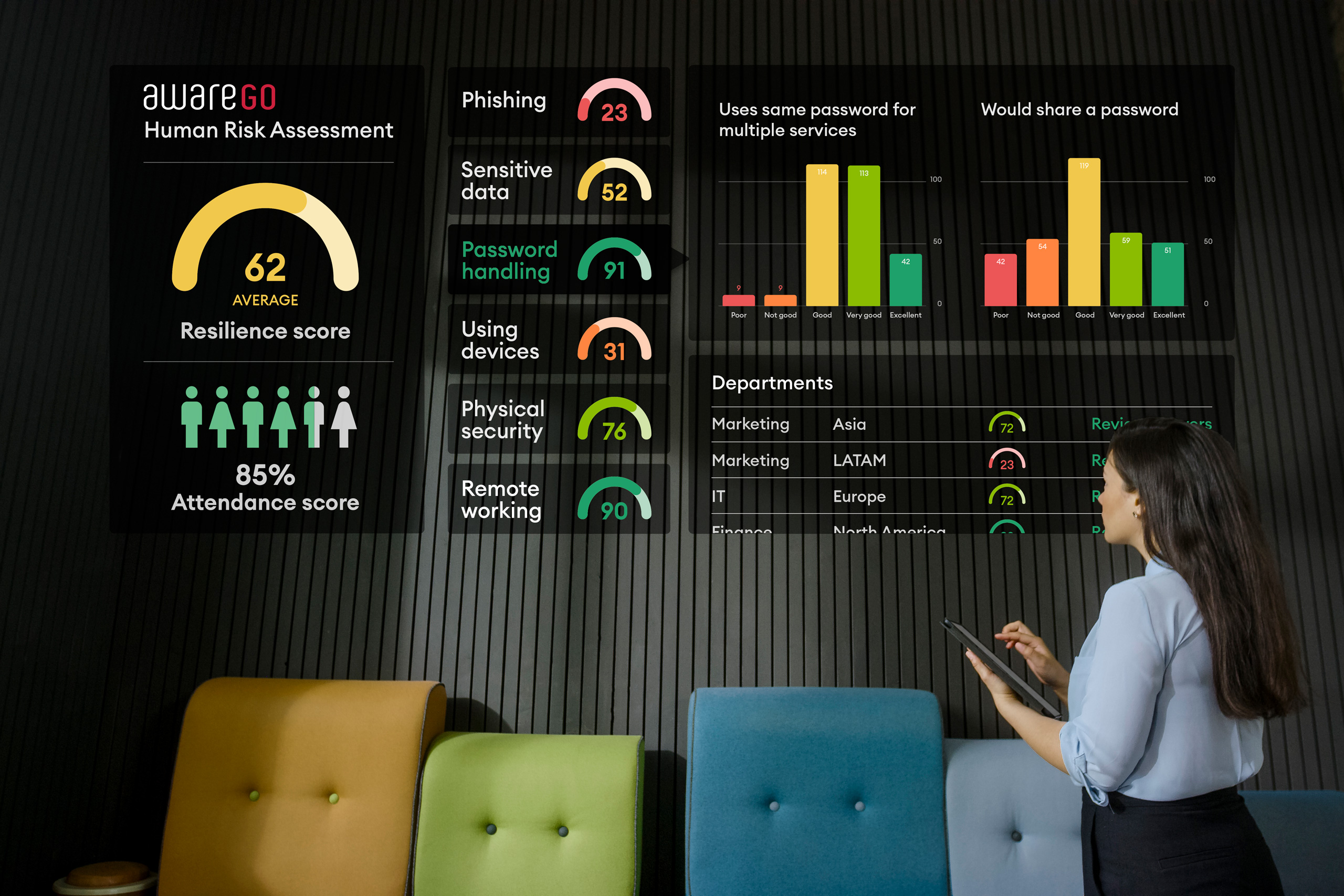While technology continues to evolve at a rapid pace, one factor remains a constant in the cybersecurity landscape: the human element. According to various reports, human error is still one of the leading causes of data breaches and security incidents. Because of this, a new paradigm is emerging — human-centric security design. In this blog post, we’ll explore how this approach is minimizing human error and transforming traditional cybersecurity strategies.
Understanding Human-Centric Security Design
Before delving into how this approach can minimize human error, it’s important to understand what human-centric security design entails. In essence, it is an approach that places people at the heart of the design process, considering their behaviors, needs, and limitations. It’s about making security intuitive, effortless and user-friendly, reducing the chances of a user making a mistake or circumventing security measures.
Shifting the Focus to the Person
Traditional cybersecurity approaches often revolve around building defensive walls to keep attackers out. However, these measures can fail if people make mistakes, intentionally or otherwise. Human-centric security design shifts the focus to the person, with the aim of designing systems and protocols that are intuitive, user-friendly, and account for human behavior and error.
Reducing Complexity and Increasing Usability
Complexity is the enemy of security. When security measures are complex or hinder productivity, users are more likely to make errors or find workarounds, thereby creating vulnerabilities. A human-centric approach strives to reduce complexity and increase usability. This can involve simplifying processes, using clear language, and ensuring security measures align with user workflows.
Incorporating Behavior-Based Training
Traditional cybersecurity training often focuses on teaching users what to do and what not to do. While this is important, it doesn’t always result in behavior change. A human-centric approach incorporates behavior-based training, helping users understand why certain actions are risky and promoting behaviors that enhance security.
AwareGO’s approach to cybersecurity awareness training program leverages a Human Risk Assessment to measure employee behavior and estimate human risk. For example, you can conduct phishing assessments in a safe, no-blame no-shame environment with realistic and personalized scenarios. You can then use that information to identify your team’s biggest areas of vulnerability and customize a cybersecurity training program to fit their individual needs.
Creating a Culture of Security
Human-centric security design recognizes the importance of culture in cybersecurity. By making security an integral part of the organization’s culture, businesses can encourage all employees to take responsibility for security, rather than viewing it as the sole domain of the IT department.

Fostering Collaboration
Traditional cybersecurity approaches often create a divide between security professionals and end-users. Human-centric security design fosters collaboration between these groups. By involving users in the design process, and regularly gathering and acting on feedback, businesses can create security measures that are effective, user-friendly, and accessible to all.
Building Resilience
While traditional cybersecurity focuses heavily on prevention, a human-centric approach recognizes that not all attacks can be prevented. Therefore, it also focuses on building resilience – ensuring the business can respond effectively to a breach and recover quickly.
Human-centric security design acknowledges that humans are both the weakest link and the first line of defense in cybersecurity. By addressing human behavior and considering the user in every aspect of security design, businesses can reduce the likelihood of human error and strengthen their overall cybersecurity posture. This approach promotes a security-conscious culture that empowers users to take responsibility for their actions and understand their crucial role in maintaining security.
AwareGO’s full solution includes human risk management and training to tackle the entire employee cybersecurity lifecycle – assess, train, nudge, test – where cybersecurity and behavioral science work together to change behavior and create a sustainable cybersecurity culture.
We help our clients go beyond compliance by transforming human cyber risk data into insights – and insights into informed action – automatically.
We offer a free trial of our security awareness training (no credit card or commitment needed) where you can take a look at all our videos and ready-made programs , with free videos, to find out if our security awareness training and risk assessment fit your needs.






